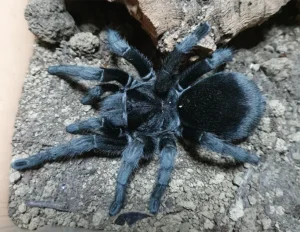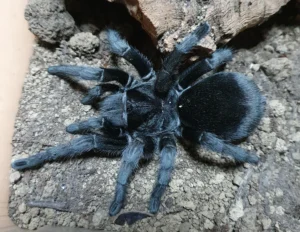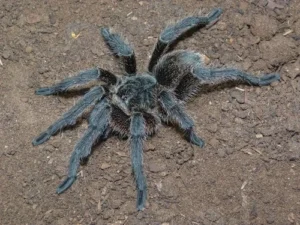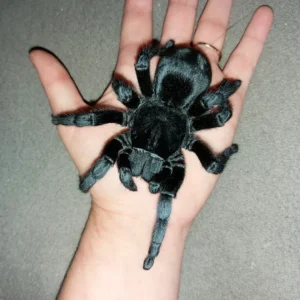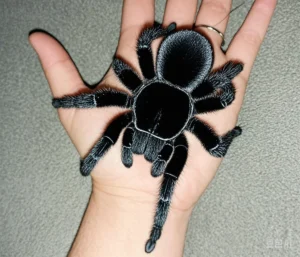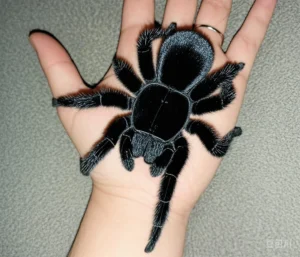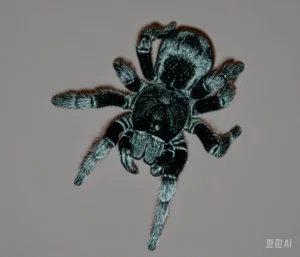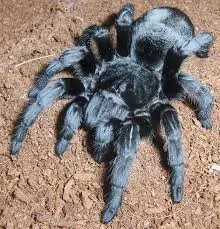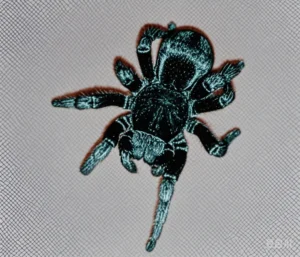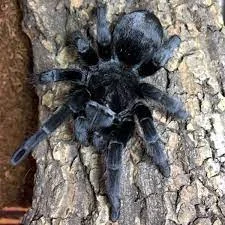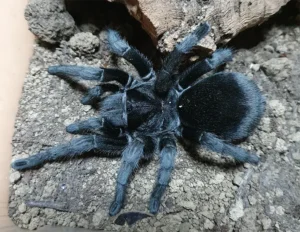Social Tolerance in Juvenile Grammostola pulchra: Can Spiderlings Coexist?
The idea of keeping multiple tarantulas together is appealing to some hobbyists, but the vast majority of tarantula species, including Grammostola pulchra, are solitary and potentially cannibalistic. While fleeting moments of tolerance might be observed, especially among newly hatched spiderlings, attempting to raise juvenile G. pulchra communally is generally considered highly risky and ill-advised.
Solitary Nature of Tarantulas
Most tarantulas, evolving as ambush predators, are territorial and view other tarantulas primarily as competitors for resources (food, space) or potential meals. Social behavior is typically limited to brief encounters for mating, after which the individuals usually part ways quickly, sometimes with the male needing to make a hasty retreat to avoid being cannibalized by the female.
Observations in Juveniles
Immediately after emerging from the egg sac, hundreds of tiny Grammostola pulchra spiderlings may cluster together for a short period. This initial aggregation might offer some temporary protection or environmental stability. However, this tolerance is typically short-lived.
- Dispersal Instinct: Within days or weeks, spiderlings naturally begin to disperse to find their own territories and reduce competition.
- Emergence of Cannibalism: As they grow and undergo their first molts, their predatory instincts develop, and cannibalism becomes a significant risk. Larger or faster-growing siblings may prey on smaller ones.
This early, temporary tolerance should not be mistaken for true social behavior or suitability for long-term cohabitation.

Risks of Cohabitation
Attempting to house juvenile (or adult) Grammostola pulchra together presents significant dangers:
- Cannibalism: This is the most substantial risk. Even with ample food, one tarantula may attack and eat another, especially during or after molting when one is vulnerable.
- Stress: Constant proximity to another tarantula can cause chronic stress, leading to refusal to eat, hiding, and potentially health decline.
- Competition: Tarantulas will compete for prime spots within the enclosure (e.g., hides, basking areas) and food items.
The potential for sudden aggression makes monitoring extremely difficult, and losses can occur unexpectedly. Understanding the significant [communal tarantula setup risks](https://www.lopehare.com/tarantula-pet-care/) is crucial before even considering such an arrangement.
Not Recommended: While a few species (like *Monocentropus balfouri*) show higher social tolerance, Grammostola pulchra is definitively not one of them. Communal setups for this species almost invariably end with only one surviving tarantula.
Why Communal Setups Usually Fail for G. pulchra
The lack of success stems from their inherent biology:
- Solitary Evolution: Their evolutionary path favored solitary living.
- Opportunistic Predation: They are opportunistic feeders, and a vulnerable cage mate (especially one molting) is an easy meal.
- Lack of Social Structures: They lack the complex communication and social hierarchies seen in truly communal species.
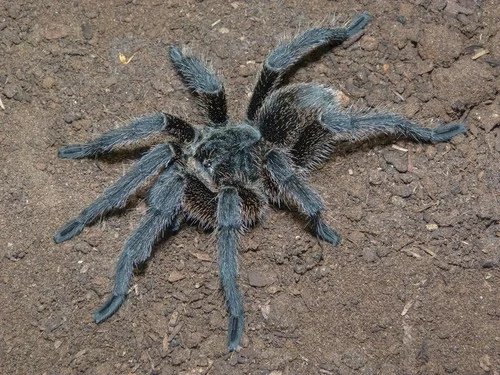
Conclusion
While newly hatched Grammostola pulchra spiderlings may tolerate each other for a very brief period, this phase quickly passes. They are fundamentally solitary creatures, and attempts to house juveniles or adults together carry an extremely high risk of stress, injury, and cannibalism. For the health and well-being of the spiders, Grammostola pulchra should always be housed individually after the initial post-emergence dispersal phase.
References:
- General knowledge from tarantula keeping communities and breeders regarding species-specific behaviors.
- Information on tarantula social behavior vs. solitary nature.

